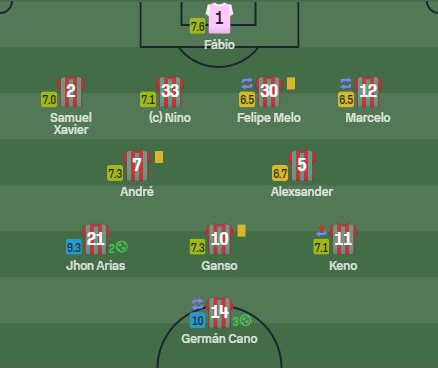Thread #FM23 #FootballManager
Football Manager 2023 has seen the biggest change to scouting in years with the introduction of a recruitment focus. In this post, I’m going to talk about the changes and also explain how to scout on FM23 and use recruitment focus to guide your… twitter.com/i/web/status/1…
Football Manager 2023 has seen the biggest change to scouting in years with the introduction of a recruitment focus. In this post, I’m going to talk about the changes and also explain how to scout on FM23 and use recruitment focus to guide your… twitter.com/i/web/status/1…
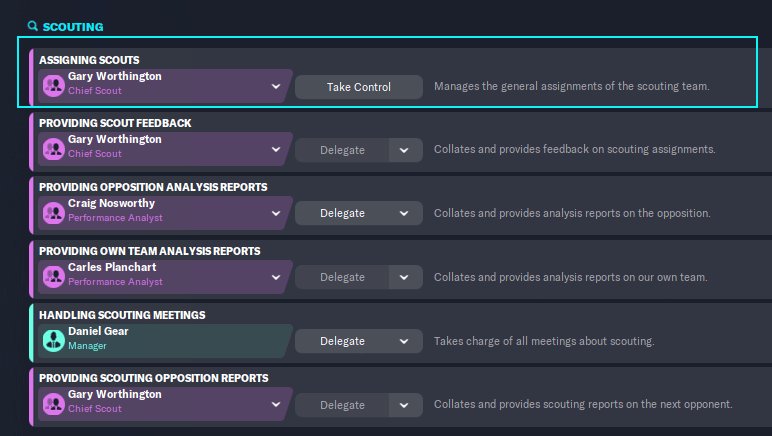
(you can take control of this and it still works like Pre FM23) and the chief scout will set assignments for the scouting team and search for players within the scouting range.
Now you shouldn’t see 100+ scouting cards returned to you in your inbox. The thought process seems to… twitter.com/i/web/status/1…
Now you shouldn’t see 100+ scouting cards returned to you in your inbox. The thought process seems to… twitter.com/i/web/status/1…

Tactic #FM23 #FootballManager
I’ve set this 433 and City doesn’t really have any Left backs, Having to play Cancelo there. twitter.com/i/web/status/1…
I’ve set this 433 and City doesn’t really have any Left backs, Having to play Cancelo there. twitter.com/i/web/status/1…
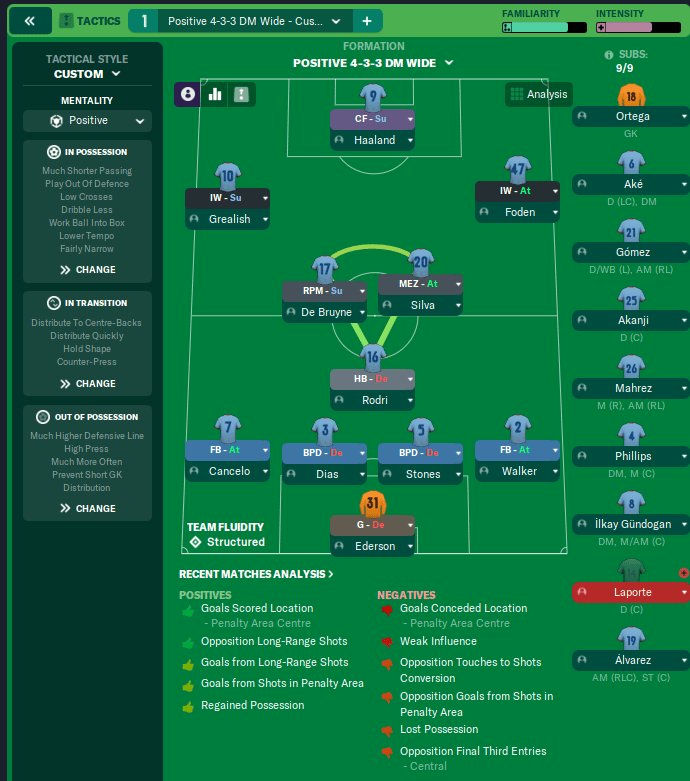
Recruitment focus #FM23 #FootballManager
Here is where you come in, you’ve decided you want a new left-back, so you set a recruitment focus for that position and role and select the criteria that you want the scouting team to search for.
So for the purpose of this post, I’m… twitter.com/i/web/status/1…
Here is where you come in, you’ve decided you want a new left-back, so you set a recruitment focus for that position and role and select the criteria that you want the scouting team to search for.
So for the purpose of this post, I’m… twitter.com/i/web/status/1…

I’ve named this LB Long Term so I can easily identify the assignment later on.
First of all, I select the box to choose our tactic (pink arrow) I’ve selected the 433 above.
I then select D(L) for the position. Next up I select the role and how well he can play the role (green… twitter.com/i/web/status/1…
First of all, I select the box to choose our tactic (pink arrow) I’ve selected the 433 above.
I then select D(L) for the position. Next up I select the role and how well he can play the role (green… twitter.com/i/web/status/1…
I’ve asked them to focus on South America and Europe, you can search right down to a certain division should you wish. #FM23 #FootballManager 



As I mentioned above I’ve set this as a top priority (yellow arrow) And I’ve assigned the scouts myself and asked them to include any players already found by scouts.
This is where the Chief Scout setting assignments comes into play as they will quickly add players they have… twitter.com/i/web/status/1…
This is where the Chief Scout setting assignments comes into play as they will quickly add players they have… twitter.com/i/web/status/1…
Here I’ve chosen which scouts I want to focus on in this search. The ones selected cover the areas in the search. Once confirmed it then gets added #FM23 #FootballManager 

Same as above we have selected the tactic, position and role. A current ability of two stars and a potential of 3 as we have to remember we are Manchester City.
So the stars are relevant against the quality of my squad. A two-star is still going to be a really good player.… twitter.com/i/web/status/1…
So the stars are relevant against the quality of my squad. A two-star is still going to be a really good player.… twitter.com/i/web/status/1…

From here you have a whole range of criteria you can use in the search right down to defensive stats to really help refine your searches. But for this search, I’m just looking for the trait #FM23 #FootballManager 

In the list, we now have all the assignments set. As I mentioned earlier I have left the scouting assignments to the Chief Scout and here is the full list of his searches.
You can see he is building up a database of all positions and ages across our scouting ranges.
They are… twitter.com/i/web/status/1…
You can see he is building up a database of all positions and ages across our scouting ranges.
They are… twitter.com/i/web/status/1…
Results
The first team’s immediate focus has returned with 2 players they recommend that are first team ready. #FM23 #FootballManager twitter.com/i/web/status/1…
The first team’s immediate focus has returned with 2 players they recommend that are first team ready. #FM23 #FootballManager twitter.com/i/web/status/1…

Two realistic options for Manchester City to sign that fit the criteria I set for them to search for. As you can see there is still one left in progress, you can select that menu and see who they are scouting. #FM23 #FootballManager 

This is handy to keep an eye on who else they are scouting for the search.
I’ve seen people mention that they’re not getting players to show up through the searches. Even though it shows as in progress before then they disappear and here I’ll explain why. From the Long term LB… twitter.com/i/web/status/1…
I’ve seen people mention that they’re not getting players to show up through the searches. Even though it shows as in progress before then they disappear and here I’ll explain why. From the Long term LB… twitter.com/i/web/status/1…
Here we have the in-progress results for 50 players but none of these will end up recommended as I set the criteria to be a 4-star potential.
I did this on purpose to show why. A 4-star for Manchester City is a world-class player the best my scouts are finding are these two… twitter.com/i/web/status/1…
I did this on purpose to show why. A 4-star for Manchester City is a world-class player the best my scouts are finding are these two… twitter.com/i/web/status/1…
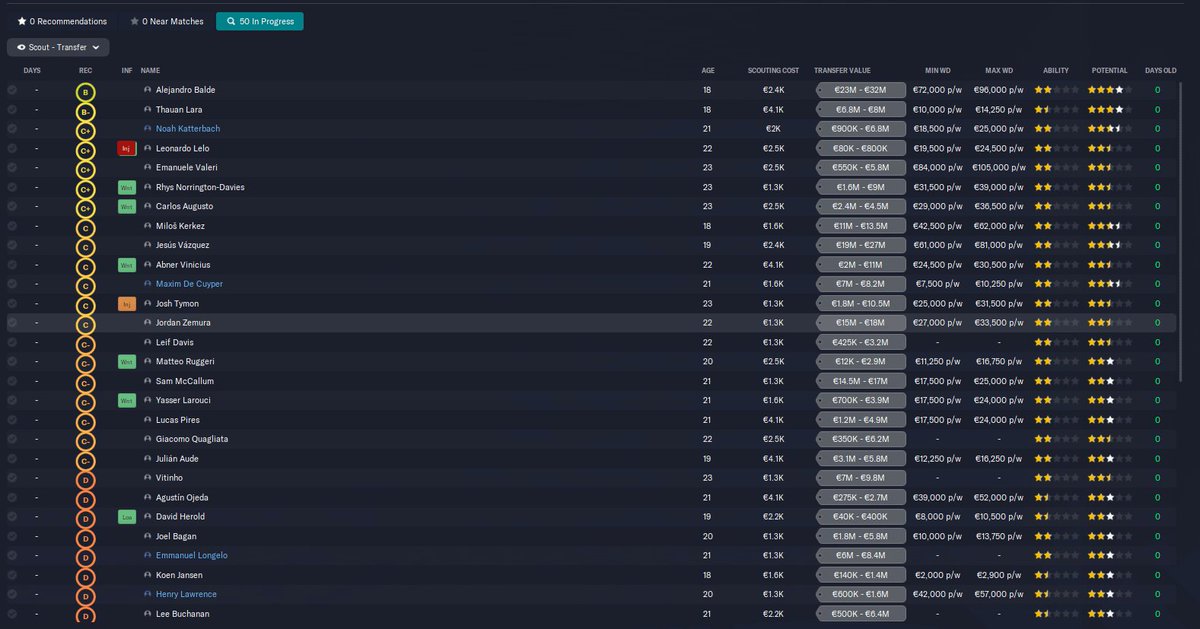
Who are 3-star potentials with a chance of being 4. So they don’t fully meet the criteria. If this is happening I would recommend lowering the search parameters that you are searching for. If I had set it as 3 stars it would have recommended these two. #FM23 #FootballManager 

Just so I don’t lose him from my searches but remember if you haven’t got much money a FM Tip (Trademarked by FMStag) is to untick the keep scout reports up to date (Green Arrow) it just saves your scout's scouting the same player and costing money especially if it's out of… twitter.com/i/web/status/1… 

Database #FM23 #FootballManager
Now above I mentioned leaving the assignments to the Chief Scout and this builds a database of players for you. So I bet you’re now wondering “How do I access this database?” twitter.com/i/web/status/1…
Now above I mentioned leaving the assignments to the Chief Scout and this builds a database of players for you. So I bet you’re now wondering “How do I access this database?” twitter.com/i/web/status/1…

Here it shows all the players your scouts have found. So if we look for players under the same criteria as the youth search earlier #FM23 #FootballManager 

What If I was worried about a lack of Striker cover in case Haaland got injured. We’d look at the database #FM23 #FootballManager 

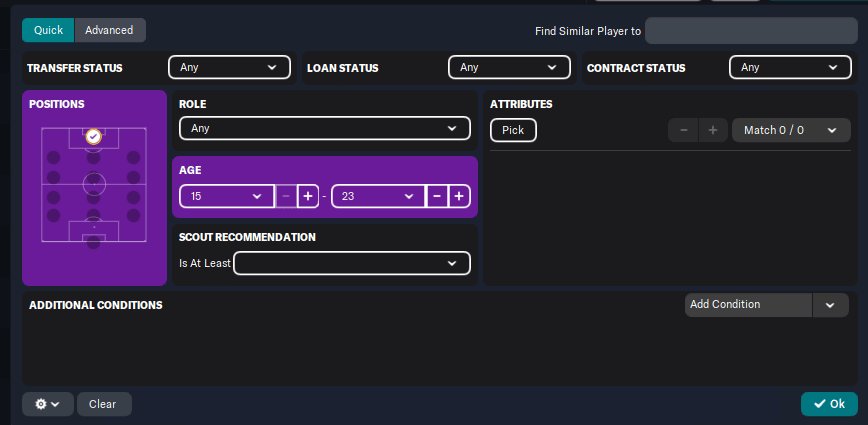

Not happy with the results then we can select “create a recruitment focus based on these searches” at the top of the screen. #FM23 #FootballManager 

For me, the real benefit of this comes within the transfer window if you get a player poached you can search for immediate replacements if you need one.
The scouting staff have a database ready for you to search and filter through. This feels more in line with real-life… twitter.com/i/web/status/1…
The scouting staff have a database ready for you to search and filter through. This feels more in line with real-life… twitter.com/i/web/status/1…
If you liked the views I used on the search screens they can be downloaded here #FM23 #FootballManager fmstag.com/fm23customview…
If you've enjoyed the thread please give us a follow, like, retweet or comment. #FM23 #FootballManager
• • •
Missing some Tweet in this thread? You can try to
force a refresh
















